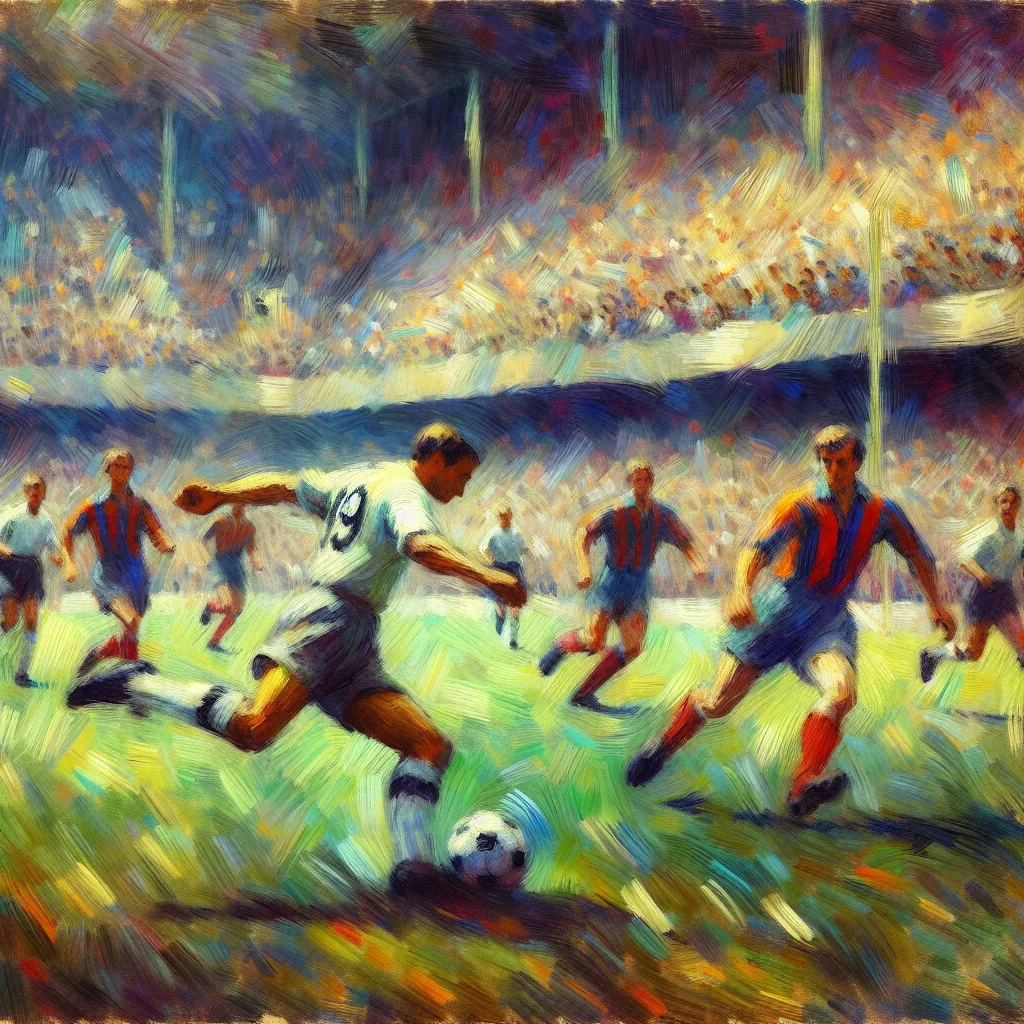
- Published on
- Authors

- Name
- Sports Tips
Reading the Defense: Anticipating Defensive Movements
As a running back, mastering the art of reading the defense is as crucial as perfecting your footwork or enhancing your speed. Understanding defensive alignments and movements can make the difference between a one-yard gain and a breakout run. Here’s how you can enhance your game by analyzing defensive setups and anticipating their movements.
Defensive Alignments: The Foundation
Before the ball is snapped, defensive players line up in specific formations. The most common defensive alignments include:
| Formation | Description | Key Indications |
|---|---|---|
| 4-3 (Four Down Linemen) | Four defensive linemen and three linebackers. | Balanced defense, typically strong against the run. |
| 3-4 (Three Down Linemen) | Three defensive linemen and four linebackers. | Versatile, can quickly shift to exploit gaps or provide additional pass coverage. |
| Nickel (5 DBs) | Adds a fifth defensive back, usually by replacing a linebacker. | Often used against pass-heavy offenses. |
| Dime (6 DBs) | Includes six defensive backs, usually at the expense of linebackers. | Heavy pass coverage setup, more susceptible to the run. |
Pre-Snap Reads: Key Factors to Observe
1. Safety Positioning:
- Single High Safety (Cover 1/Cover 3): Expect more defenders in the box. Often used to stuff the run.
- Two High Safeties (Cover 2/Cover 4): Indicates potential passing situations. Look for gaps in the run defense.
2. Linebacker Stance and Position:
- Stacked Linebackers: Usually in position to fill the gaps and stop the run.
- Wide Alignment: Watch for potential blitzes or edge containment to prevent outside runs.
3. Defensive Line Adjustments:
- Over Shift: Defensive line focuses on strong side, indicating potential weak-side running opportunity.
- Under Shift: Concentration on the weak side, consider a strong-side run or counter play.
Post-Snap Reads: Decisive Movements
Once the ball is snapped, quick and accurate decisions are necessary. Here’s what to look for:
1. Linebacker Flow:
- Aggressive Flow: Linebackers moving swiftly to one side signal an opportunity for cutbacks.
- Hesitation: Indicates a possibility to hit the hole quickly before the defense reacts.
2. Defensive Line Penetration:
- If the defensive line gets deep into the backfield, there might be open lanes at the second level.
- Look for overcommitting defensive ends which can create potential cutback lanes.
3. Secondary Reaction:
- Corners and Safeties Closing In: Be prepared for contact and focus on breaking tackles.
- Slow Reaction: Lean into your speed and decisiveness to exploit the open field.
Practical Tips: Enhancing Your Game
- Film Study: Spend time reviewing game tapes to familiarize yourself with common defensive alignments and tendencies.
- Practice Patience: Especially in zone runs, be patient and wait for the gaps to develop.
- Footwork Drills: Incorporate agility drills to improve your ability to make quick cuts based on defensive movements.
In the Words of the Greats
"The best running backs are the ones who understand that it’s not always about speed and power. It’s about patience and vision. You have to read the defense like a quarterback." — Barry Sanders
Reading the defense is not an inherent skill; it’s a learned art. With deliberate practice and an analytical approach, any running back can elevate their game, making every snap a potential game-changer. Burn these principles into your playbook, and you’ll find yourself navigating through defenses like water through a sieve.
By internalizing these tips and continuously refining your ability to decode defensive movements, you’ll not only find the best running lanes but also become a more formidable force on the field. Happy running!
